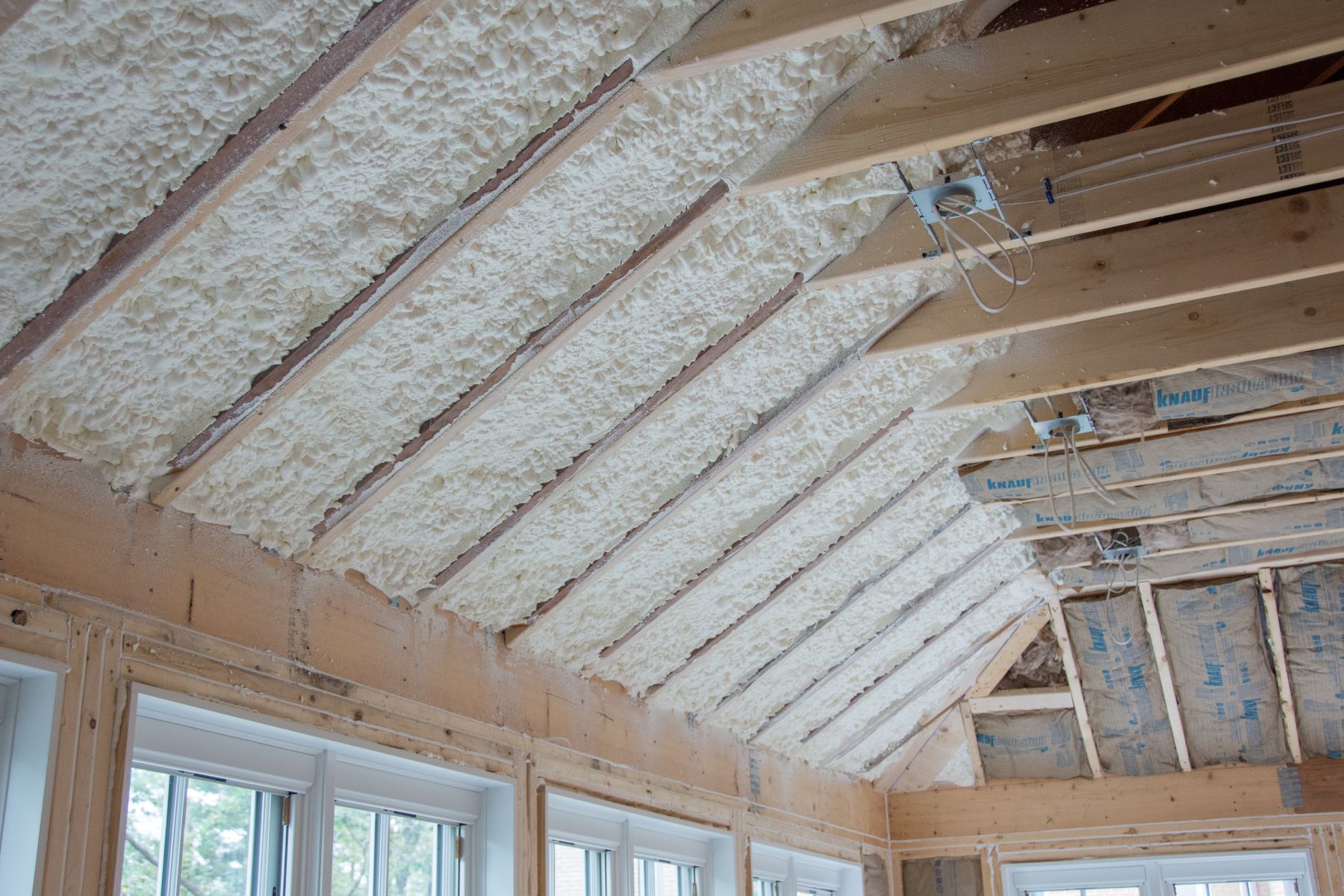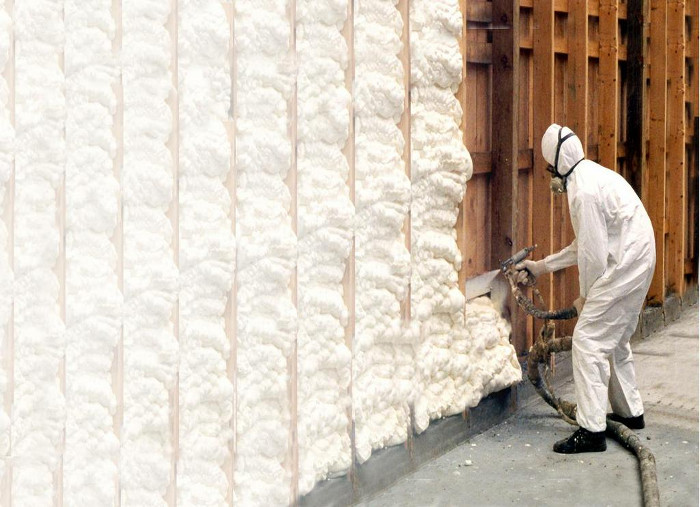
There is no such thing as soundproofing spray foam. https://en.wikipedia.org/wiki/Spray_foam. There is no such thing as soundproofing. With noise, nothing is “proofed”. Noise is mitigated or managed. Let’s step back a bit and look at the science and gather some terms and definitions so we can move forward with some understanding about the reality of noise transmission and not believe the lies and distortion the industry has perpetuated upon the noise naive. With noise, we have two main parts. We have lower frequency noise such as garbage trucks and we have middle and high frequency noise such as music and voice. We have two treatment options for both of these noise types. We can use sound absorption technology within our rooms to absorb excess energy that will leave our room. Our next option is to build a barrier between the noise source and the receiver which is usually a neighbor or tenant next door. Both options have benefits but you must know what the frequency and amplitude of the noise is before you apply either option. Is our noise garbage truck noise or is it noise from people talking next door. With noise, you must quantify and qualify with numbers. Guessing with noise is a fool’s game. You must identify the frequency and the strength of the noise in order to reduce it.
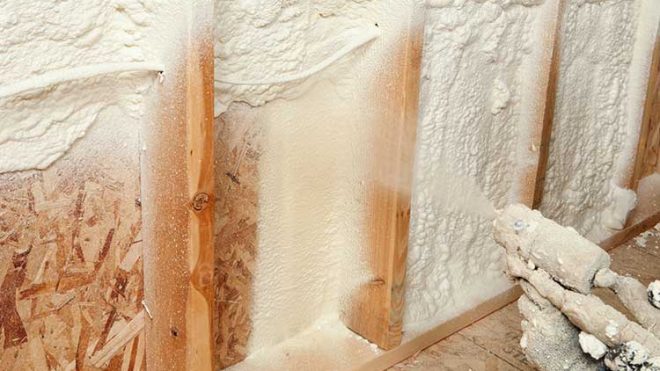
Soundproofing spray foam is industry speak for those who do not know that foam is to be used mainly to keep your room warm and cool. It is really designed for BTU retention, not sound. Soundproofing spray foam will not stop the noise from a garbage truck. It might mitigate middle and high frequency noise transmission if that amplitude or strength of the noise is not too large. Soundproofing spray foam lacks the density or weight to be effective at lower frequencies and is problematic for middle and high frequencies. Once you have taken your noise numbers, you will be better able to identify what frequency your noise is at and how strong it is. With all noise you must measure the noise you are creating within your room and thye ambient noise levels that surround your room such as the neighborhood noise or the noise from traffic and neighbors. Let’s examine the noise measurement process.
With noise, https://dictionary.cambridge.org/us/dictionary/english/noise, we must measure the noise levels over the time periods we are going to use the room. https://www.acousticfields.com/sound-barrier-technology/ If we want access to the room at any time of the day or night, we must take the noise measurements during each day and night so we can use our vroom whenever the desire strikes us. individuals who record and mix music want to have access to their rooms whenever the creative urge strikes them. With this strategy in mind, we will then need to measure each day and night of the week to make sure we get numbers during the quietest part of each day and the loudest part of each day. The barrier or structure we will build to reduce the transmission of our measured noise, depends directly on the frequency of the noise and its associated strength or amplitude. The materials used in every barrier design are directly related to the noise numbers. Certain material types work for garbage truck noise and certain material types work for voice transmission. How do we measure noise?
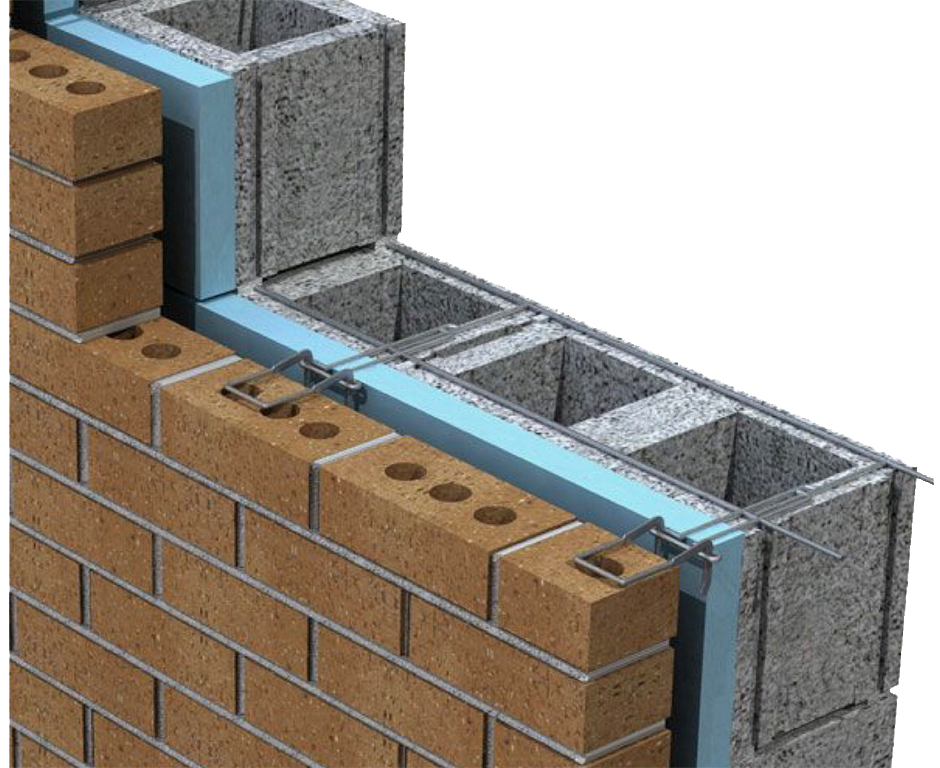
We have a process where we send you the apps and you download them on your phone. https://www.acousticfields.com/sound-barrier-technology/ We have an online form where you take noise measurements at least twice a day. You take the measurements during the loudest part of the day and the quietest part of each day you will want to use your room. It is also recommended to get measurements in the middle between those two extremes. With noise, you can never have too many numbers. When you are taking your noise numbers during the loudest part of each day, you are obtaining what we call in physics maximums. When you take readings at the quietest part of the day, you are measuring the minimums. Obtaining a number in the middle of those two extremes is also recommended for showing trends towards the minimum or maximums. Once you have taken the numbers and followed the instructional video, you will record all of that data on our online data sheet and send it to us. Once we look the numbers over, we will then be able to design the proper barrier for your measured noise.
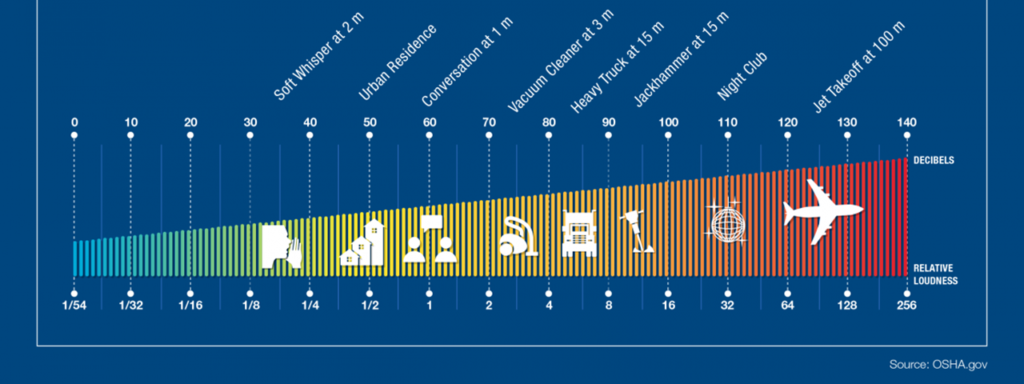
Every noise situation is different. One person’s noise is not anothers. Every frequency and amplitude (strength) of noise is different. As the carpenter adage goes, measure twice, cut once. All noise has a frequency range just like all sounds do. Our human hearing can hear noise starting at 20 Hz. and going through 20,000 Hz. If our noise frequency and amplitudes fall below 100 Hz. , we must use specific barrier materials. If the noise frequency and amplitude is above 100 Hz. we will use a completely different material type. Soundproofing spray foam is a treatment type that will not work in either frequency range. The industry likes to tack the word soundproofing on to any material type that they sell. This allows them to charge more for something that will not work in the first place without knowing what the frequency and amplitude of the noise is. Using “soundproofing spray foam” to stop garbage truck noise is like holding up a feather to stop a tornado.
At Acoustic Fields we take noise seriously. You can not guess with noise. If you guess with noise and you guess wrong, you may not be able to fix your guess and you may, depending on the noise frequency and amplitude, have to tear it all out and start all over again. I do not know anyone that this option would appeal to. We have noise services and we have design services. Noise transmission deals with the noise entering and leaving your room. The treatment part of our design services deals with the energy inside the room after we have taken care of all the noise leaving and entering the room. With both noise and treatment, it must be 100 % fixed and 100 % right.


